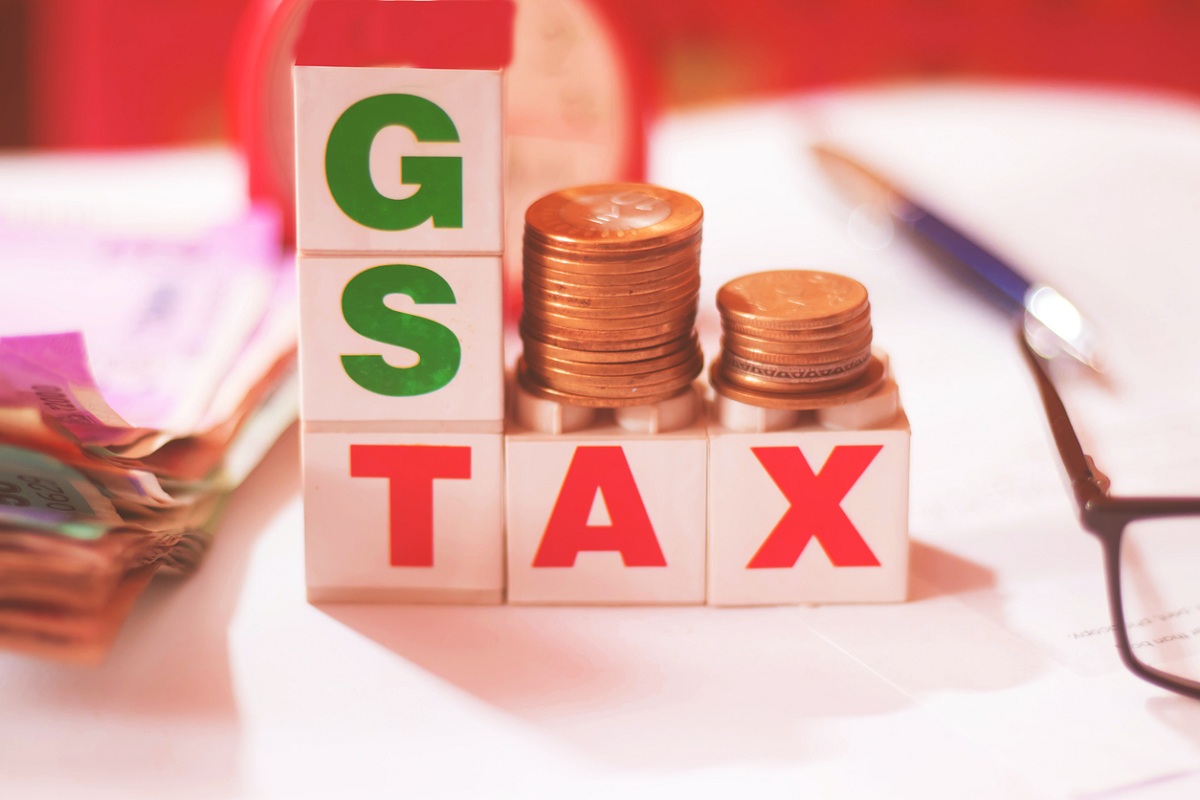The government may not need to open special borrowing window to meet GST compensation needs of states in the current financial year as rising indirect tax collections on economic recovery has given confidence that the Centre may meet its tax liability through estimated buffets in its finances.
The Centre has estimated GST compensation shortfall to states at Rs 1.59 lakh crore for FY22. Out of this, Rs 75,000 crore has already been released as first instalment through regular central borrowings.
Advertisement
“With GST revenue holding up over Rs 1 lakh crore mark, the collections would now need to be Rs 1.18 lakh crore in the balance months of FY22. This is likely with expectation that overall GST collection may be higher than estimated Rs 14.1 lakh crore. This would provide enough room to the government to meet compensation meters of states through its regular borrowing channel,” said an official not willing to be named.
The Centre opened a special borrowing window last year to meet the estimated shortfall of Rs 1.1 lakh crocre in revenue arising on account of implementation of GST.
According to an assessment made by Kotak Institutional Equities there is an upside to the budgeted CGST receipts this year now and shortfall on SGST collections are expected to be marginally lower than earlier anticipated. So, the expected shortfall in GST compensation may be lower and there is high probability that this will not be financed through market borrowings in 2HFY22, the brokerage said.
The government finances are also on sound footing this year and the impact of the second wave in activity and tax collections has been rather muted. Gross tax revenues in 4MFY22 grew 83 per cent while the net tax collections surged by 161 per cent (largely reflecting sharp surge in excise duty receipts). The net tax collection was at 34 per cent of FY2022BE.
Given the limited dent to economic activity and tax collections due to the second wave, we remain optimistic on the ability of the center to deliver a lower GFD/GDP at 6.4 per cent in FY2022E (6.8 per cent in FY2022BE), KIE said.











